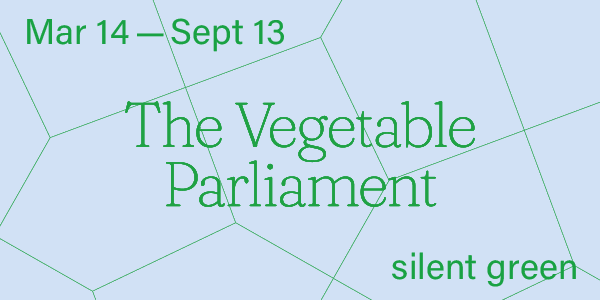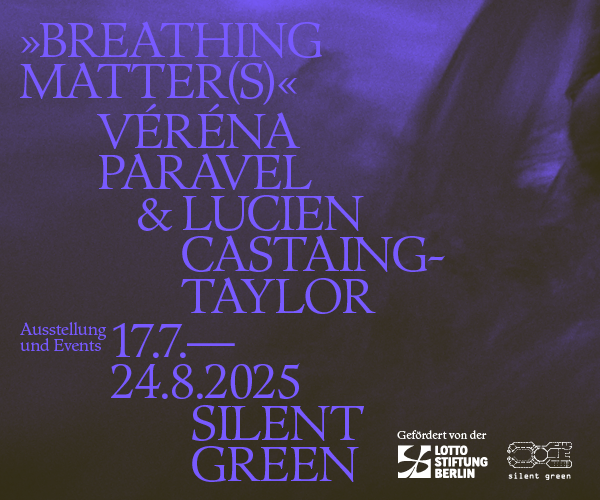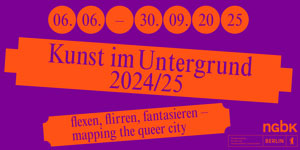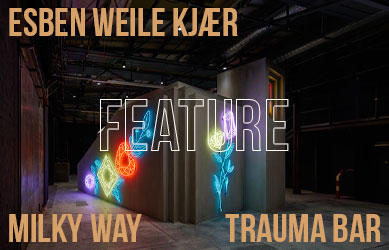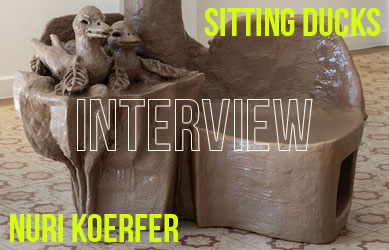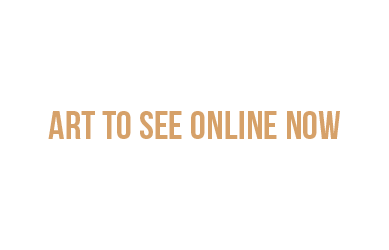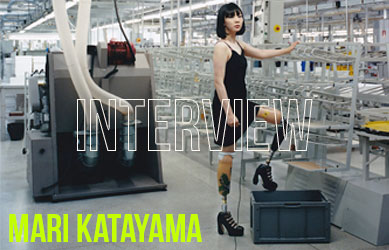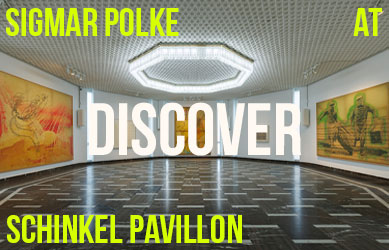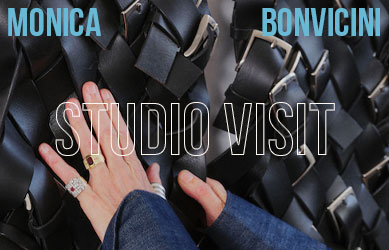by Lars Holdgate // July 11, 2025
Set in the allotment garden community “Zufriedenheit” (contentment), the 5th Britzenale opens this evening and runs until July 13th. A total of 11 site-specific installations and sculptures explore this year’s theme of mapping, which not only speaks to preconceived ideas surrounding these communities but also the environments that shape them.

Britzenale location, ‘Zufriedenheit’ Kleingarten // Photo by Anna Russ
The history of allotment garden communities (or, in German, Schrebergärten) can be traced back to the era of industrialization, where they emerged as a place of refuge from polluted and sensorially overstimulating cities. Because of the strict rules associated with garden maintenance, people who tend to a Schrebergarten are often conceived of as being somewhat square and particular. Christof Zwiener and Vincent Schier, who are not only co-curators of Britzenale but tend to Schrebergärten themselves, consider the community “Zufriedenheit” to be different. In many ways, this is a somewhat rare opportunity to enter a Schrebergarten at all, let alone experience art in it. Boundaries of in- and exclusion are made porous.
The theme of mapping refers to different culturally-mediated actions: identifying, accessing and connecting information to experience(s). It is the process and product of tracing meaning behind the marks left on our environments, whether inflicted by ourselves, other beings or our histories. Today, we speak of re-mapping as a way of questioning the seemingly objective; the plastic paths that have been crafted to help us navigate, even if we ourselves feel lost.

‘Künstlergruppe Koppelweg’ der Lebenshilfe Berlin // Photo by Anna Russ
The exhibition is a layered exploration. The artists draw attention to subtleties and distinctions, approaching the theme in subtly distinctive ways. They navigate ways of working with physical spaces and their inhabitants–whether human or other. I found that many of the works were connected by the sensory element of communicating personal experiences, shared histories and shared knowledge. In addition, each work is accompanied by an audioguide in both English and German that was created by eighth-grade students from the Heinrich-Mann-Schule together with the community-driven radio station, Keith F’em.

Folke Köbberling: ‘WOLLDACH,’ 2025 // Photo by Anna Russ
Walking down the leafy green path towards the entrance, you are met by Folke Köbberling’s work ‘WOLLDACH.’ I look at the other black roofs before being able to identify a cloud of sheep wool draped over this one; ironically, the black sheep in the flock. By layering what might be considered the natural and the human-made, Köbberling participates in discourses of waste, sustainability and materiality. It is not just wool’s incredible qualities as a resource that humans can use, e.g. as a form of insulation, but also as a habitat for microorganisms, such as non-humans. Considering the environmental dimension of this work, wool’s ability to regulate temperature is particularly poignant. Wool fibers offer a means of cleansing through filtration, in the sense that they attract pollutants and their complex amino acid structures bind and hold toxic gases such as formaldehyde and sulfur. Even though we cannot touch the wool, we engage with it through smell, as a comforting waft of a farmyard scent crashes on your lungs. In the exhibition, smell is also used as a way of directing paths, with odors contributing to complex forms of mapping that are invisible.

Nikola de Paula Lefort: ‘hERDtz,’ 2025 // Photo by Anna Russ
Nikola de Paula Lefort also thematizes what cannot be seen and to some extent, what cannot be experienced: the space beneath our feet. ‘hERDtz’ is a sound installation that traces coexistences preserved in society’s base. By means of microphones that are buried into three compost heaps across the garden plot, soundwaves wiggle their way through the specific topography of the region, meeting within the listener, whose own presence directs the experience. The work transgresses boundaries: boundaries on the map and between plots but also of experience and possibility. It is a productive transgression that manifests connections, ones that are also made to the area’s history and the RIAS Funkmast that was an instrument in the communication of ideologies from West to East in a once divided Germany.
Elsewhere, Esther Ernst’s work, ‘Karte der Britzer Zufriedenheit,’ is maybe the most literal interpretation of the theme of mapping. The map, which was hand drawn over the course of two months, incorporates drawings and texts. It hangs as a piece of wood and an edition of 500 hand folded and hand slit paper copies for visitors to take home. Visually, the work evokes different forms of experience and expression. Ernst returns to the history of the Schrebergarten and the idea it appealed to: that of a personal paradise. The imagery of Persian carpets, depicted by Ernst, were based on oriental gardens and brought a state of paradise into the domestic sphere. In letting personal experiences of the area bleed into what is otherwise considered to be an objective reference for direction, ‘Karte der Britzer Zufriedenheit’ vividly aestheticizes the otherwise familiar visual language of geography in a novel, but also historical (when one thinks of imagery contained in medieval cartography), way.

Esther Ernst: ‘Karte der Britzer Zufriedenheit,’ 2025 // Photo by Anna Russ
When inviting the participating artists, the Britzenale curators focused more on process than merely their existing works, foregrounding the narrative of conscious engagement with the environment. This symbiosis allows visitors to engage with and through the works on show.
In certain respects, this exhibition is a presentation of extremes. There are borders to (participating in) these gardens, which are guarded by particular rules and regulations. Questions of participation are guided by preservation. Do we better preserve something by engaging or extracting ourselves completely? How are responsible relationships between nature and human beings defined? Here, we might look to the act of gardening: in order to make a plant grow, you must prune it—in a specific way. It is a form of regulation that is itself regulated.

Luïza Luz: ‘Edible Politics of Soil,’ 2025 // Photo by Anna Russ
Maintaining a garden, which is a microcosm of an environment, requires an extreme amount of dedication and time. Extremes also appear in the fruits of the gardeners’ labor, which does not yield complete self-sufficiency but bounties of produce for a short amount of time. Preservation and sharing (of produce, relationships and knowledge) may offer an answer to this question of how to maintain longevity in the face of precariousness.
Aside from participation, the 5th Britzenale, may, unfortunately, be marred by the theme of precipitation. Though the weather is not expected to be particularly forgiving this weekend, the rain that may fall will surely emphasize other aspects. Smells will become more intense and present, offering an even more faithful presentation of the working conditions of the environment.
Britzenale 2025
Group Show: ‘Fifth Berlin Britzenale 2025’
Opening Reception: Friday, July 11; 6–10pm
Festival: July 12–13, 2025; 1–6pm
britzenale5.com
Kleingartenanlage ‘Zufriedenheit’, Koppelweg 30, 12347 Berlin, click here for map



